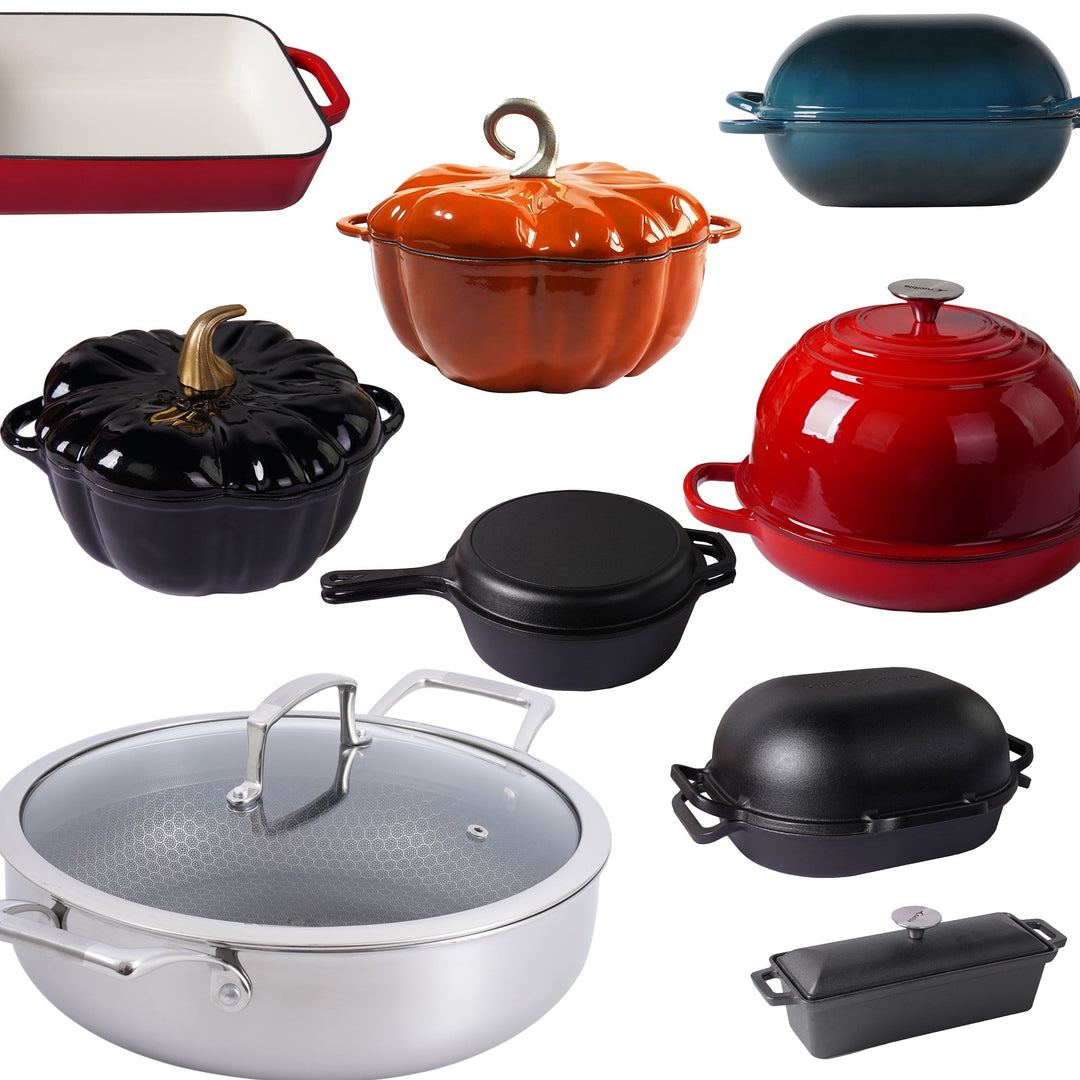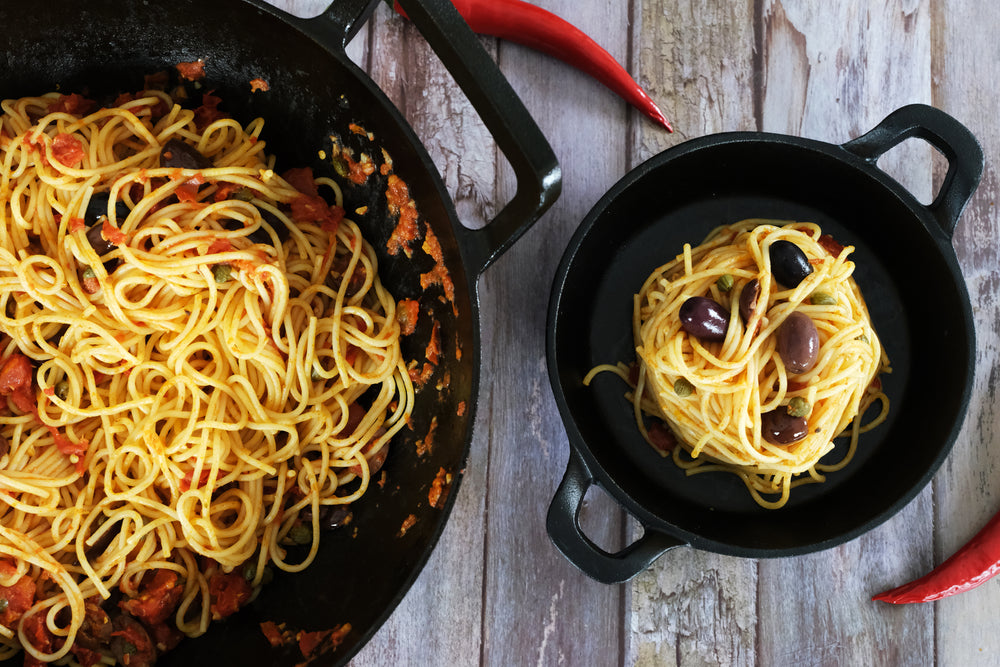Taikinan Viiltojen Hallinta: Opas Täydellisesti Paistetun Leivän Tekemiseen

Viistäminen, eli leipätaikinan pinnalle tehtävät matalat viillot ennen paistamista, on yleisesti käytetty sekä hapanleivässä että kaupallisella hiivalla valmistetussa leivässä. Viistäminen palvelee useita tärkeitä tarkoituksia leivän leivonnassa, riippumatta käytetystä kohotusmenetelmästä:
-
Hallittu laajeneminen: Viillot auttavat hallitsemaan taikinan laajenemista paistamisen aikana. Kun leipä on uunissa, se käy läpi viimeisen käymisvaiheen, kun hiiva (villihiiva tai kaupallinen) tuottaa hiilidioksidikaasua. Viillot sallivat kaasun poistua ja estävät leipää halkeamasta arvaamattomasti. Tämä auttaa luomaan tasaisen ja houkuttelevan lopullisen muodon.
-
Esteettinen viehätys: Viillot lisäävät leivän ulkonäköön taiteellista ilmettä. Viilloilla luodut kuviot ja designit voivat olla visuaalisesti miellyttäviä ja auttaa tunnistamaan leivän tai leipurin tyypin.
-
Kuoren kehittyminen: Viillot voivat myös vaikuttaa leivän kuoreen. Ne auttavat ohjaamaan kosteuden poistumista paistamisen aikana, mikä johtaa rapean ja toivottavan kuoren muodostumiseen. Viiltojen syvyys ja kulma voivat vaikuttaa kuoren rakenteeseen.
Vaikka hapanleipä yhdistetään usein monimutkaisempiin ja taiteellisempiin viillokuvioihin, hyötyvät sekä hapanleipä että kaupallisella hiivalla leivottu leipä viilloista. Viillon tyyppi ja kuvio voivat vaihdella reseptin, halutun estetiikan ja paistotavoitteiden mukaan. Se on leipurien käyttämä tekniikka, jolla varmistetaan, että leipä paistuu oikein, näyttää houkuttelevalta ja saa oikean rakenteen ja maun.
Milloin on oikea aika viillottaa taikina ja mikä on paras tapa tehdä se?
Taikinan viillottaminen tehdään yleensä juuri ennen leivän paistamista. Se palvelee useita tarkoituksia, kuten leivän laajenemisen hallintaa, ulkonäön parantamista ja höyryn päästämistä, mikä auttaa luomaan rapean kuoren. Tässä milloin ja miten viillot tehdään:
-
Ajoitus: Viillota taikina juuri ennen kuin laitat sen esilämmitettyyn uuniin. Tämä varmistaa, etteivät viillot parane tai leviä liikaa viimeisen kohoamisen aikana.
-
Välineet: Tarvitset terävän työkalun viilloihin. Baker's lame (kahva, jossa on vaihdettava partaterä) tai terävä veitsi toimii hyvin. Varmista, että työkalu on puhdas.
-
Tekniikka: Tee varovasti mutta luottavaisesti matalia, nopeita viiltoja taikinan pintaan. Voit luoda erilaisia kuvioita, mutta yksinkertainen viilto tai muutama vinoviilto ovat yleisiä. Viillon syvyys riippuu leivästä; useimmissa leivissä noin 1/4–1/2 tuuman syvyys on ihanteellinen.
-
Kulma: Tee viillot kevyessä kulmassa (noin 30-45 astetta) taikinan pintaan nähden. Tämä auttaa hallitsemaan, miten leipä laajenee paistamisen aikana.
-
Väli: Pidä viillot tasaisesti sijoitettuina eikä liian lähellä toisiaan. Tämä edistää tasaisesti kohoamista ja tasapainoista ulkonäköä.

Muista, että harjoittelu tekee mestarin leivän viilloissa. Kokeile erilaisia kuvioita ja syvyyksiä saavuttaaksesi halutut tulokset juuri sinun leipäreseptillesi. Viillot ovat sekä toiminnallisia että taiteellisia, ja ne parantavat kotileipäsi laatua.
Lisäresurssit:
















Jätä kommentti